
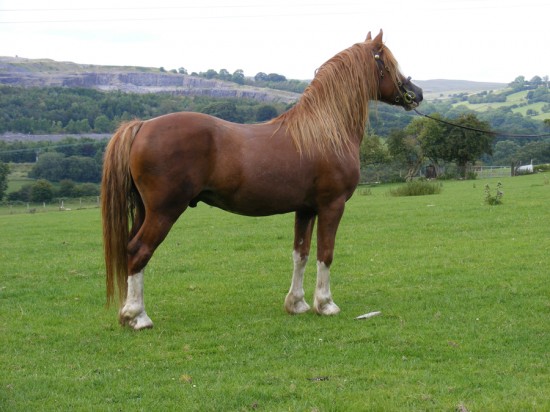
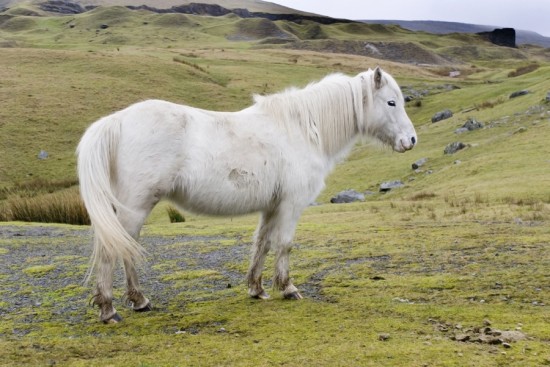
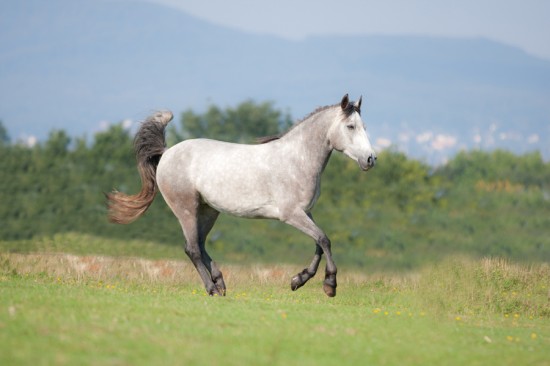
There are nine main types of horses and ponies native to the British Isles (or twelve if you count each of the four types of Welsh ponies individually) and all of them are tough, hardy and capable of surviving the vagaries of the UK weather.
Here is a run down of the nine main native breeds of horses and ponies in the British Isles.
The Connemara pony hails from County Galway in Ireland. They are popular as show ponies, and renowned for their calm disposition, athleticism and general suitability for riding.
Connemara ponies range in height from 12.2 to 14.2 hands high, and the most commonly found colours are bay, black, grey, brown and dun. Connemara ponies are strong, sturdy and muscular, with powerful hindquarters which make them a popular choice for show jumping.
The Dales pony played an important role in the industrial history of the North of England, having been used extensively as pit ponies for lead mining. These days the usage of the Dales pony is rather different, as it's greatly reduced population has given it 'endangered' status with the Rare Breeds Survival Trust.
The Dales pony stands between 14 and 14.2 hands high, with a short back, deep rib cage and well muscled quarters and neck. Dales ponies are most commonly black, although brown, grey, bay and roan colours are also permitted.
The Dartmoor pony is native to south western England, and is a particularly hardy breed prized for its stamina. For centuries, Dartmoor ponies worked the tin mines and quarries of the Devon area, transporting raw materials in and out of the mines on carts. Wild herds of Dartmoor ponies can still be found on Dartmoor today, although numbers have declined greatly in recent years.
Dartmoor ponies are small but stocky, ranging in height from 11.2 to 12.2 hands high. To conform to the breed standard, Dartmoor ponies should be coloured bay, brown, black, grey, chestnut or roan. Piebald and skewbald colour variations are not considered part of the breed standard.
The Exmoor pony, although originating from relatively near to the Dartmoor pony, is considered as a totally separate breed. The Exmoor pony is currently considered as 'endangered' by the Rare Breeds Survival Trust, and it is thought that only between 100 and 300 adult brood mares remain in the wild.
Like the Dartmoor pony, the Exmoor is a hardy, muscular pony renowned for its endurance and resistance to disease and illness. The Exmoor's jaw structure shows the development of a seventh molar, making it distinctly different from any other breed.
Exmoor ponies are most commonly coloured a dark bay or brown with a mealy muzzle, and entry in the breed registry requires that the Exmoor pony has no white markings. Exmoor ponies are sized between 11.1 and 12.3 hands high.
The Fell pony is a versatile working breed from Cumberland and Westmorland in the North of England. The Fell pony is closely related to the Dales pony, but is classed as a separate breed.
The Fell pony is used for both riding and driving in harness, and is noted for its surefooted agility and general hardiness. The Fell pony's agility and reliability make them popular all rounders for cross country and hunting.
Fell ponies can vary a good deal in height, with the maximum breed standard being 14 hands high. Due to the breed's origins in the windswept far North of England, they are very adaptable to harsh climates and maintain condition well in cold winters. The breed standard colours are grey, black, bay and brown.
The Highland pony, a native Scottish breed, was once a popular workhorse but today is generally kept for pleasure riding, trekking and driving in harness. Highland ponies are heavily built and muscular, and stand between 13 and 14.2 hands high. They are renowned for their kindly temperament and gentle natures.
The Highland pony generally comes in all variations of dun and cream coat colours, although you may also see bay, black and liver chestnut shades, and they may show primitive marking patterns such as a dorsal stripe or zebra markings on the legs.
The New Forest pony is indigenous to the New Forest area of Hampshire in the South of England.
New Forest ponies are considered to be sturdy, fast and agile, while their pleasant temperament makes them a popular choice as a riding pony for children. They have a strong, workmanlike conformation in the riding pony style.
New Forest ponies come in all colour variations, with the exception of piebald and skewbald, or cream if accompanied by blue eyes. The upper size limit for a breed standard New Forest pony is 14.2 hands high, and there is no lower limit (although it is unusual to see a pure bred pony under 12 hands high.)
The Shetland pony is a small, short legged breed, originating on Scotland's Shetland Isles. The maximum official height for a breed standard Shetland pony is no higher than 10.2 hands high.
Shetland ponies come in almost every colour variant, although spotted ponies and those carrying the champagne colour gene are not considered as breed standard. They have thick, sometimes shaggy coats, long manes and tails, and are considered resourceful and intelligent.
Due to their relative strength, they enjoy enduring popularity as both riding ponies and in harness. Often a popular choice for children due to their diminutive size, Shetlands can be rather a handful, due to their innate intelligence and stubborn natures!
Native to all parts of Wales and the borders, the breed heading 'Welsh' covers the four types of pony and cob variations as recognised by the Welsh Pony and Cob society.
Historically, working ponies and cobs were used both as pit ponies in the coal mines, and as ridden ponies for postal delivery.
Welsh ponies and cobs are available in most colour variations, and the breed is thriving today in its native Wales and across the globe, with numerous welfare societies, breed classes and events available for the enthusiast.
The Welsh Section 'A' pony, otherwise known as the Welsh mountain pony, is delicate yet hardy, reaching a maximum height of 12.2 hands high.
The Welsh Section 'B' pony, or riding pony type, stands at a maximum height of 13.2 hands high, and combines the delicate appearance of the section A, with endurance and good athletic ability.
The Welsh Section 'C' pony also comes up to 13.2 hands high, but is of a heavier build than the section B and is considered to be a cob type.
The Welsh Section 'D' or Welsh Cob, covers ponies above 13.2 hands high, with no upper height limit. They are greatly sought after as riding ponies for both children and adults, with their sturdy compact build, versatility, hardiness and good nature. They are also popular for driving in harness.
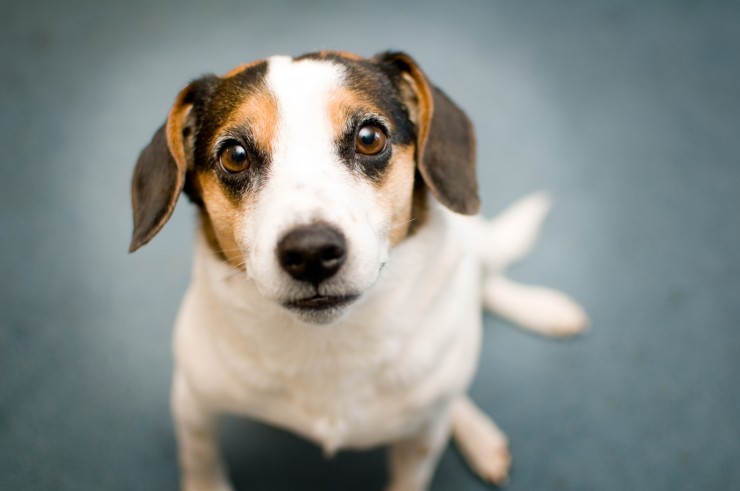 The Five Least Expensive Dog Breeds To Insure
The Five Least Ex
The Five Least Expensive Dog Breeds To Insure
The Five Least Ex
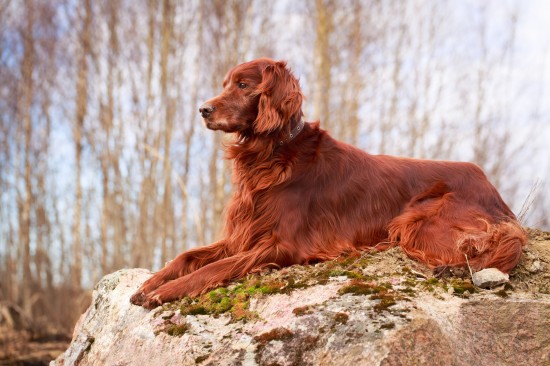 Health Issues Commonly Seen In Irish Setters
Health Issues Com
Health Issues Commonly Seen In Irish Setters
Health Issues Com
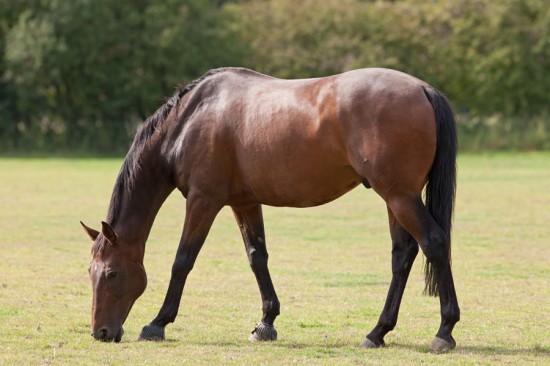 Common Diseases And Ailments Of Horses And Ponies
Common Diseases A
Common Diseases And Ailments Of Horses And Ponies
Common Diseases A
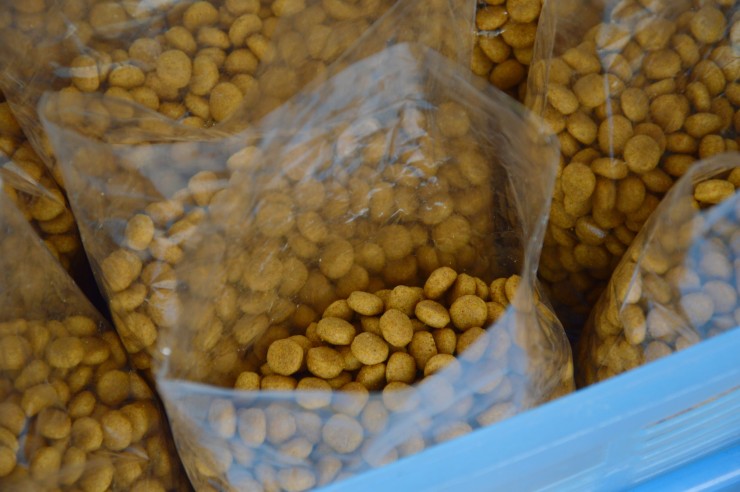 Storing And Serving Your Dog’s Food - Seven Pitfalls To Avoid
Storing And Servi
Storing And Serving Your Dog’s Food - Seven Pitfalls To Avoid
Storing And Servi
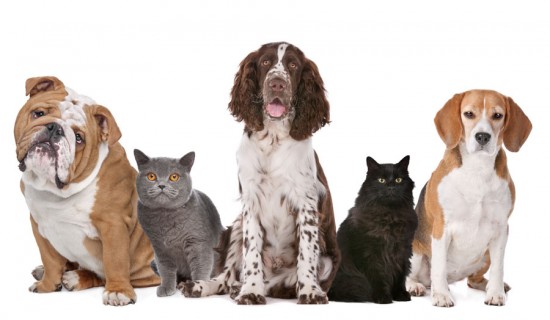 Pet Statistics – The Sadly Surprising Facts
Pet Statistics –
Pet Statistics – The Sadly Surprising Facts
Pet Statistics –
Copyright © 2005-2016 Pet Information All Rights Reserved
Contact us: www162date@outlook.com